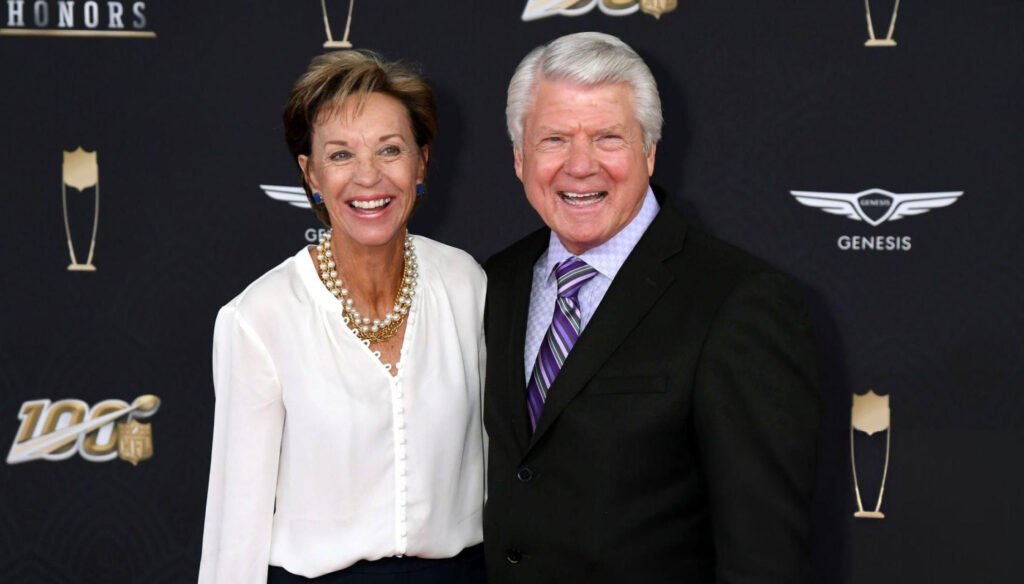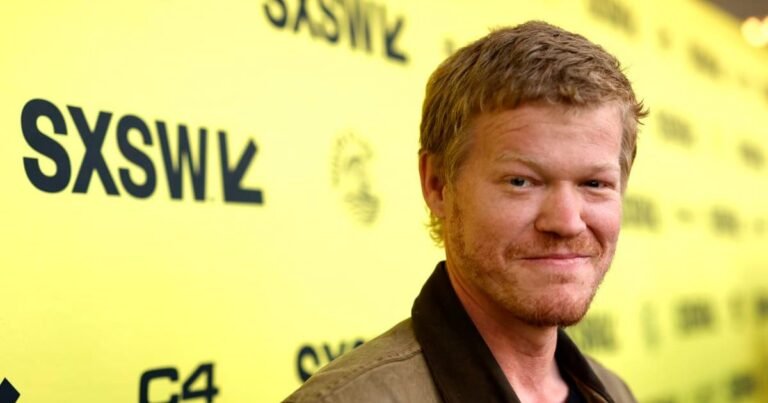Rhonda Rookmaaker is a name that has grown increasingly prominent in discussions surrounding art, theology, and the intersection of faith and culture. Her contributions to these fields echo the legacy of her late husband, Hans Rookmaaker, a renowned Dutch art historian and Christian philosopher. Rhonda’s journey is marked by her dedication to promoting thoughtful dialogue about the role of creativity and spiritual meaning in contemporary society. In this article, we will delve into her life, her work, and the lasting impact of her efforts to enrich the understanding of art and faith.
The Early Life of Rhonda Rookmaaker
Rhonda Rookmaaker’s story begins with her upbringing, which laid the foundation for her intellectual and spiritual pursuits. Though information on her early years is limited, what stands out is her curiosity and passion for the arts and her commitment to faith. Rhonda’s interests eventually intersected with those of Hans Rookmaaker, whom she would later marry.

Rhonda and Hans shared an intellectual partnership deeply rooted in their mutual belief that art serves as a vital medium for expressing cultural and spiritual truths. Her early exposure to art and theology became the building blocks of a journey that would place her at the heart of conversations about creativity and faith.
Rhonda Rookmaaker’s Marriage to Hans Rookmaaker
Rhonda Rookmaaker’s marriage to Hans Rookmaaker was more than a personal union; it was a meeting of minds that spurred intellectual and cultural discourse. Hans, widely recognized for his work integrating Christian thought with the arts, inspired Rhonda to pursue similar explorations in her own right.
Hans believed that art and culture were deeply intertwined with spiritual truths and that Christians had a unique responsibility to engage with the arts. His groundbreaking book, Modern Art and the Death of a Culture, laid the framework for understanding how art reflects society’s spiritual condition. Rhonda embraced and contributed to this vision, extending her husband’s legacy after he died in 1977.
As a couple, Rhonda and Hans fostered discussions encouraging Christians to break free from the misconception that faith and creativity exist in separate spheres. Together, they championed the idea that art could glorify God, challenge stereotypes, and enrich cultural life.
Rhonda Rookmaaker’s Role as an Advocate for the Arts
Following Hans Rookmaaker’s passing, Rhonda Rookmaaker stepped into her role as a steward of his work and advocated for integrating art, culture, and faith. Rhonda has continued emphasizing the importance of creativity as a tool for spiritual expression and addressing the broader questions of meaning in life.
One of her key contributions has been advancing discussions about how art reflects and shapes worldviews. Rhonda has often highlighted the need for Christians to engage thoughtfully with culture, using art to address societal issues and celebrate the beauty of creation. She believes the arts are not merely decorative but essential to understanding human and divine conditions.
Rhonda Rookmaaker’s Contributions to Theology and Philosophy
Rhonda Rookmaaker’s insights into theology and philosophy are closely tied to her passion for the arts. Like her late husband, Rhonda has explored how art can convey spiritual truths in ways that words alone cannot. Her reflections encourage believers to look beyond surface-level interpretations and engage with deeper, symbolic meanings embedded in creative works.
Rhonda’s contributions to theological thought have also emphasized the need for inclusivity in the Christian understanding of art. She challenges the idea that only explicitly religious art has value, instead advocating for an approach that appreciates all forms of beauty as a reflection of God’s creativity. Through her work, Rhonda continues to challenge Christians to broaden their understanding of creating and appreciating art in a theological context.
Rhonda Rookmaaker’s Influence on Contemporary Christian Artists
Rhonda Rookmaaker’s influence extends beyond the academic and theological realms; it is felt deeply among contemporary Christian artists who seek to navigate the complexities of faith and creativity. Her advocacy for art as an act of worship and cultural engagement has inspired a new generation of artists to approach their work with intentionality and theological depth.
Many Christian artists today credit the legacy of Hans and Rhonda Rookmaaker for shaping their understanding of the purpose of art. Rhonda’s continued efforts to promote her late husband’s teachings and contributions have provided a blueprint for how artists can use their gifts to address spiritual and cultural issues. Her influence has encouraged many to see art not just as a career or hobby but as a calling.
Rhonda Rookmaaker’s Vision for the Future of Art and Faith
Rhonda Rookmaaker’s vision for the future revolves around a continued integration of art and faith, focusing on fostering community and dialogue. She has called on Christians to embrace their creative callings and to support one another in pursuing excellence in the arts. Rhonda’s vision also includes recognizing the power of art to bridge divides and bring people together, regardless of their backgrounds or beliefs.
Her belief in the transformative power of creativity inspires her to advocate for a world where the arts play a central role in addressing societal challenges and expressing spiritual truths. Rhonda hopes that future generations will continue to explore the rich intersection of faith, art, and culture, building on the work she and Hans began.

Conclusion
Rhonda Rookmaaker’s life and work stand as a testament to the enduring significance of art in the context of faith. Through her advocacy, teaching, and writings, she has carried forward her husband’s legacy, Hans Rookmaaker, while making her mark on the fields of theology, art, and culture.
Her contributions remind us of the profound ways creativity can enrich our understanding of the divine and help us engage with the complexities of the world around us. Rhonda Rookmaaker continues to inspire artists, theologians, and thinkers to see art as a sacred calling that reflects God’s creativity and speaks to the most profound questions of the human soul. She has carved out a unique and lasting legacy, ensuring that the conversation about art and faith remains vibrant for years.









